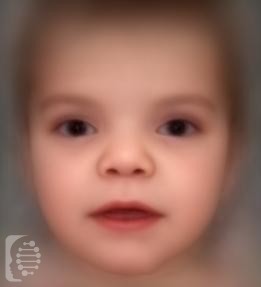What is Robinow syndrome?
Robinow syndrome is a rare genetic condition that was first identified in 1969.
The disease has two forms, autosomal dominant and autosomal recessive, and depending on the type causes varying severity of symptoms.
The defining features of the syndrome include short-limbed dwarfism, anomalies affecting the head and face, as well as anomalies affecting the external genitalia of a diagnosed individual.
What gene change causes Robinow syndrome?
The autosomal recessive form of the syndrome is caused by mutations in the ROR2 gene. Symptoms associated with this type of syndrome are generally more severe.
- Autosomal recessive inheritance means an affected individual receives one copy of a mutated gene from each of their parents, giving them two copies of a mutated gene. Parents, who carry only one copy of the gene mutation will not generally show any symptoms but have a 25% chance of passing the copies of the gene mutations onto each of their children.
- The autosomal dominant form of the syndrome is caused by mutations to the WNT5A gene. Symptoms are generally milder with this type of syndrome.
- In the case of autosomal dominant inheritance, just one parent is the carrier of the gene mutation, and they have a 50% chance of passing it onto each of their children. Syndromes inherited in an autosomal dominant inheritance are caused by just one copy of the gene mutation.
What are the main symptoms of Robinow syndrome?
Facial and physical characteristics include short limbs and dwarfism. Short fingers and toes as well as small hands. A cleft tongue, depressed nose bridge, eye folds, a downward pointing mouth, low set ears, a short neck, and thin upper lip.
Individuals with the syndrome may also experience fused or missing ribs, underdeveloped genitalia, dental problems, and kidney and heart defects.
How is it diagnosed?
To find out if someone has a diagnosis of Robinow syndrome, it is important to have a consultation and evaluation with a clinical genetic specialist. Specialists may also suggest specific genetic testing or other types of tests to help reach a diagnosis. FDNA’s AI technology can help speed up the diagnostic process by analyzing facial features and other health information.

